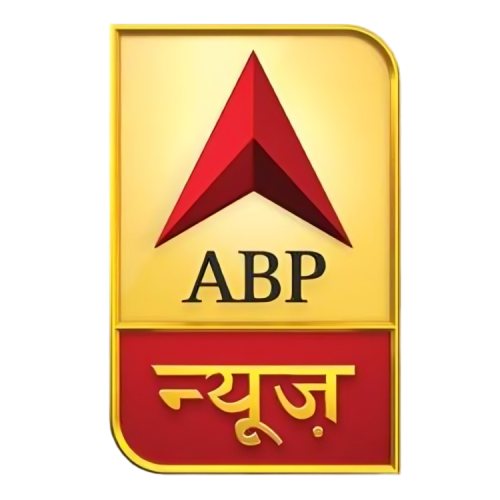Java: Take your career to the next level with our advanced training program
1st Dec 2025
Batch Starts
4 Months
Duration
5 Seats Left
Seats Available
4.8 
Program Rating
Overview
Program highlight
Empower Your Career with Our Complete, Industry-Focused Program
Designed for college students, Professionals, and Innovators Across All Fields.
Master Industry-Standard Skills with Certified Programs by Wipro.
Earn certificates for your internship and program achievements.
Create a standout job-ready profile with an impressive project portfolio.
Here's Why You Need To Master This Program

150K +
Job Openings
$556 billion
Global Market Size
₹ 11.5 lakh
Average Annual Salary
- Intoduction & History of Java
- Java is a powerful, object-oriented programming language designed for cross-platform compatibility, enabling applications to run on any device with a Java Virtual Machine (JVM).
- Renowned for its security and scalability, Java is widely used in web development, mobile apps (Android), enterprise software, and large-scale systems.
- Java was developed by Sun Microsystems in the early 1990s, led by James Gosling, with the aim of creating a platform-independent programming language.
- Released in 1995, Java quickly gained popularity for its "write once, run anywhere" capability, becoming a standard for web and enterprise applications.
- Types of Java
- Java Standard Edition (Java SE)
- Java Enterprise Edition (Java EE)
- Java Micro Edition (Java ME)
- Java Embedded
- Terminologies of Java
- JDK - Java Development Kit
- JRE - Java Runtime Environment
- JVM - Java Virtual Machine
- Categories of Software
- System Software: OS, Drivers, Interpreters, Assemblers and Compilers
- Application Software: Word, Notepad
- Object Oriented Programming (OOPs)
- Data Driven rather than operation driven
- Functions of OOPs
- Characteristics of OOPs
- Inheritance
- Polymorphism
- Containership
- Reusability
- Exception Handling
- Overview: Exception are the errors occur during runtime
- Types: Memory Out of Bound, Inaccessible File
- Division by Zero, Stack Overflow
- Arithmatic Overflow, Unable to Connect Server
- Exception on Arrays
- File Handling
- Overview: Java provides a robust set of classes and methods for file handling, allowing developers to read from and write to files efficiently using the java.io and java.nio.file packages.
- Input and Output Streams: File handling in Java utilizes input and output streams, such as FileInputStream and FileOutputStream, for reading and writing binary data, while BufferedReader and PrintWriter are used for character data.
- File Class: The File class represents a file or directory path and provides methods for file manipulation, such as creating, deleting, and checking file properties (e.g., existence and size).
- Packages
- Overview: In Java, packages are used to group related classes and interfaces, providing a namespace to avoid name conflicts and organize code logically.
- Built-in Packages: Java includes several built-in packages, such as java.lang (automatically imported), java.util (utility classes like collections), and java.io (input and output operations), which provide essential functionalities.
- Creating Custom Packages: Developers can create their own packages using the package keyword, allowing for better organization of project files and enhancing code reusability.
- Importing Packages: The import statement is used to access classes from other packages, enabling the use of external functionalities without the need to fully qualify class names.
- Build Tools
- Overview: Piece of Code/Program used for automating the process of Executing a couple of applicatons
- Responsibilities of Build tools: Compiles Source Code into Byte Code
- Dependency Management - Download & Maintain 3rd Party Plugins
- Automated Test - Executes & Reports Bugs
- Deployment Package - WAR/JAR - Server
- Tools: Gradle, Apache Maven, Ant Design
- Apache Maven
- Overview: It is a Java build tool widely available open-source, which was developed in 2004 as an extension to Apache Ant.
- It is a Project Object Model which is based on Extensible Markup Language (XML)
- Aspects Performed in Maven: Build, Documentation Management, Reporting
- Dependency, SCMs, Distribution
- Steps Involved in performing Aspects in Maven: Source, Resources
- Tests, Byte Code, Java Archive (JAR)
- Features: Easy Setup, Easy Dependency Management
- Large Libraries and Community Support
- Model Based Builds
- Highly Compatible
- Easy Reporting
- Gradle
- Overview: Gradle is a flexible, open-source build automation tool which was developed in 2000 to overcome the drawback of Ant.
- It is a Project Object Model which is based on Groovy
- Features: It is available via Domain Specific Language (DSL), based on groovy language
- It provides a declarative language
- It supports Java, Groovy, Open Service Gateway Initiative (OSGi)
- API Support
- Structuring
- Multi Project Support
- Migration Ease
- It uses groovy to build API
- Logging
- Overview: Logging in Java allows applications to record runtime information, errors, and events, helping with debugging, monitoring, and maintaining code.
- Frameworks: Common Java logging frameworks include java.util.logging (built-in), Log4j, and SLF4J, each providing tools for log formatting, filtering, and output.
- Log Levels: Logging uses levels (e.g., INFO, DEBUG, WARN, ERROR) to categorize messages, allowing developers to filter logs based on the importance of events.
- Output Options: Logs can be directed to various outputs such as console, files, or remote servers, making it easier to track application behavior in different environments.
- Log4j 2
- Overview: Log4j 2 is an enhanced logging framework in Java that provides powerful, flexible logging capabilities, succeeding the original Log4j with improved performance and reliability.
- Asynchronous Logging: Log4j 2 supports asynchronous logging, reducing performance impact by handling logging operations in a separate thread, which is ideal for high-throughput applications.
- Configuration Options: It offers multiple configuration formats (XML, JSON, YAML, and properties), allowing easy customization of logging behavior and outputs.
- Plugin-Based Architecture: Log4j 2’s plugin system enables customization with additional components for filtering, formatting, and appending logs to various destinations, such as files, databases, or remote servers.
- Frameworks (Advanced)
- Overview: Java frameworks are reusable, structured code libraries that simplify development by providing standardized tools and patterns.
- Popular Java Frameworks: Common frameworks include Spring (for enterprise applications), Hibernate (for database ORM), and Apache Struts (for web applications), each tailored to specific needs.
- Time and Effort Savings: Frameworks speed up development by offering pre-built modules, reducing boilerplate code, and improving consistency across projects.
- Enhanced Application Structure: Frameworks enforce best practices and provide a clear structure, making applications easier to maintain, test, and scale.
- Object Relational Mapping (ORM)
- Overview: Object-Relational Mapping (ORM) in Java is a technique that simplifies data handling by mapping database tables to Java objects, allowing developers to work with databases using object-oriented concepts.
- Popular ORM Tools: Hibernate and JPA (Java Persistence API) are widely used ORM frameworks in Java, automating SQL generation and database interactions.
- Improved Productivity: ORM reduces the need for complex SQL queries, letting developers focus on business logic by automatically handling data persistence.
- Database Independence: ORM allows applications to be more flexible and database-agnostic, enabling easier transitions between database systems without major code changes.
- Hibernate: Open-source ORM framework for Java.
- Provides advanced caching and performance optimizations.
- Supports complex mappings for relational data.
- Allows flexible configuration via annotations and XML.
- Java Persistence API (JPA)
- Standardized Java API for ORM.
- Supports annotations for entity mapping.
- Provides entity lifecycle management.
- Enables easy switching between ORM providers.
- Spring Data JPA
- Simplifies data access layers in Spring applications.
- Built on top of JPA for streamlined ORM.
- Offers repository interfaces for CRUD operations.
- Provides dynamic query generation.
- Spring Core
- Foundation of Spring Framework
- Bean management
- Configuration flexibility
- Application Context
- Spring Boot
- Spring MVC
- Spring Data
- Spring Security
Calculator Built in Java
This project involves the development of a calculator application that replicates the functionalities of the Windows Calculator, using Java and Swing for the user interface.
The goal is to create a feature-rich and user-friendly application that supports basic arithmetic operations, scientific calculations, and memory functions.
The project emphasizes implementing a responsive and intuitive interface using Swing components, while ensuring accurate and efficient computational performance.
Through this project, users will gain insights into the design and development of GUI-based applications in Java.
It also serves as a practical exercise in handling events and managing user inputs effectively.
Build a Dynamic website using Java Servlets and JDBC
The project aims to develop a dynamic website using Java Servlets and JDBC.
The website will showcase the user’s skills, projects, and professional background, while also providing an interactive and engaging user experience.
This project focuses on integrating backend technologies like Servlets for handling requests and JDBC for connecting to a database, ensuring smooth data retrieval and storage.
The development process highlights the use of MVC architecture, form handling, and session management.
The final product will serve as a functional demonstration of web application development using Java technologies, showcasing the user’s technical proficiency.
Student Course Management System
The Student Course Management System is a web-based application developed using Java, Thymeleaf, and MySQL.
It facilitates the efficient management of student records, course details, and enrollments.
The system employs the MVC (Model-View-Controller) architecture, with Thymeleaf providing dynamic rendering of web pages, enabling seamless integration of backend data with the user interface.
MySQL serves as the relational database, ensuring robust data storage and retrieval for students, courses, and enrollments.
This project offers a practical introduction to Java web development, combining dynamic web content, database management, and user interaction in a cohesive system.
Develop a CRM for Employee Managment using Java Spring
This project involves the development of a Customer Relationship Management (CRM) system tailored for managing employee information and interactions, utilizing the Java Spring framework.
The CRM system will streamline various employee-related tasks, such as attendance tracking, performance monitoring, task assignments, and communication.
By leveraging Spring’s robust features, the project ensures efficient backend management, secure data handling, and seamless integration with other modules.
The system is designed to improve workflow efficiency and provide real-time insights into employee activities.
Additionally, it will include a user-friendly interface for easy navigation and interaction.
Get Certified, Get Ahead! Your success starts here!

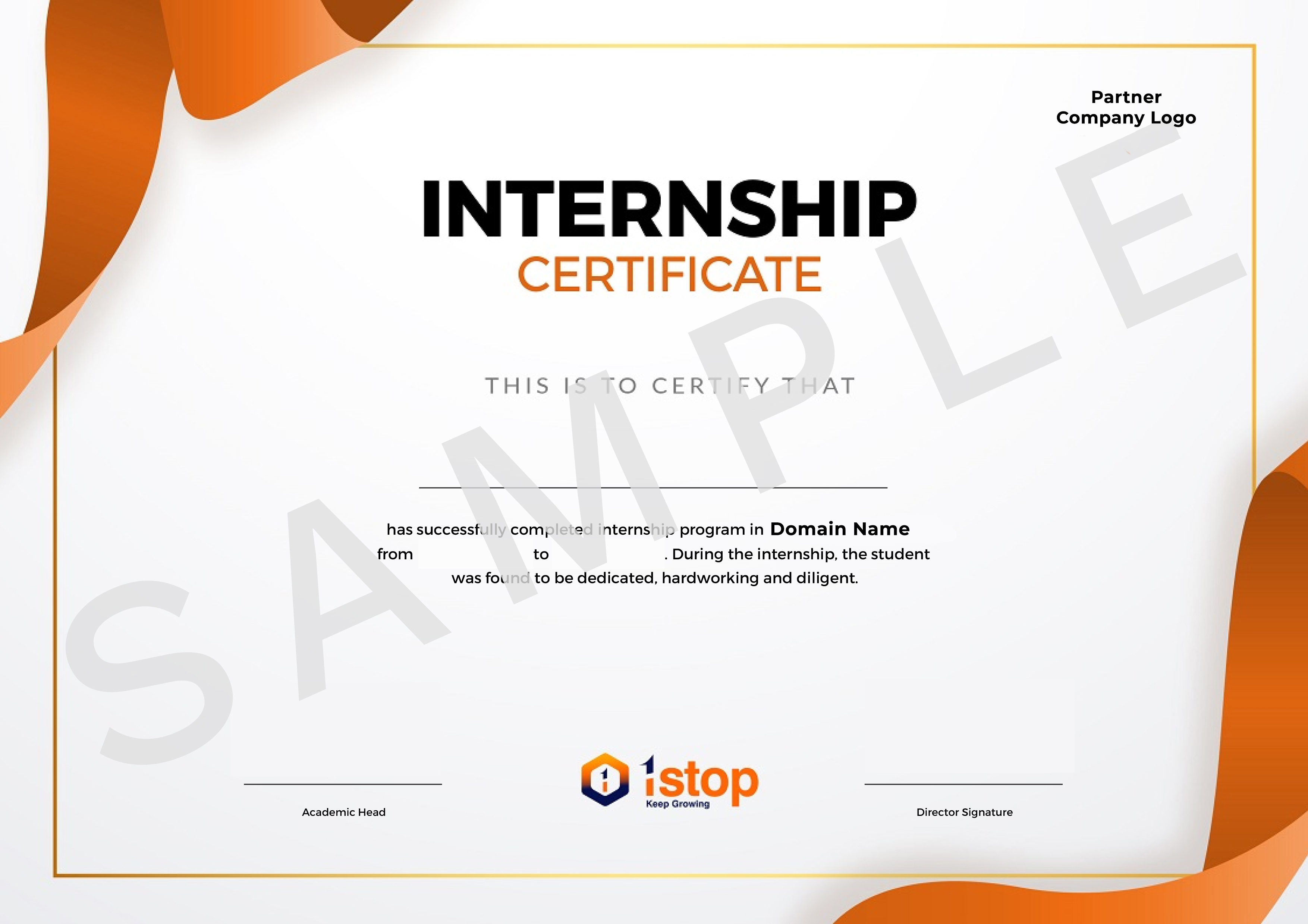
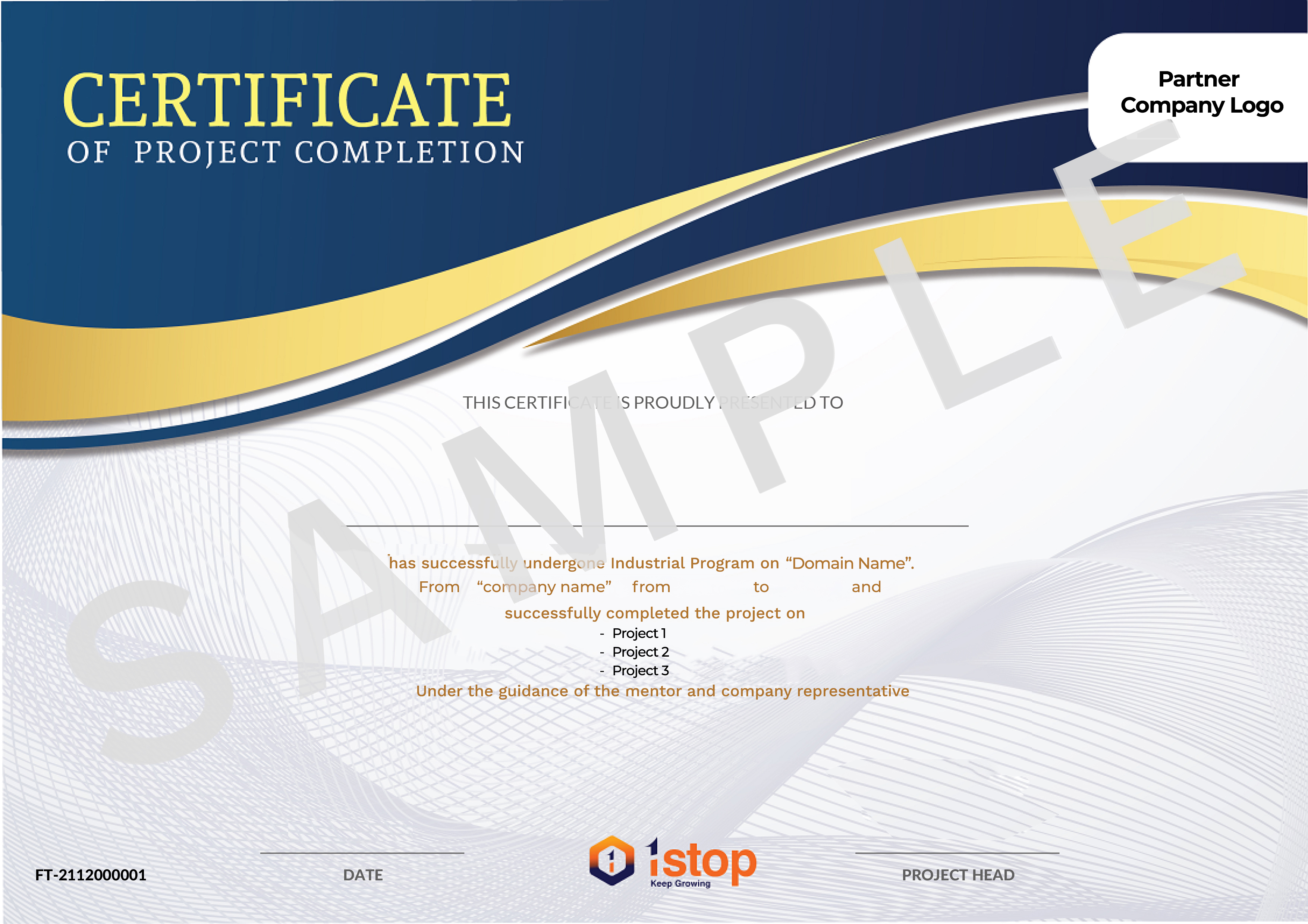

Meet your mentors!
Our expert instructors guide you through the fundamentals in an engaging and supportive learning environment.



4+ years mentoring experience
Sankal Tomar
Sr. Data and Applied Scientist
Senior Data Scientist | Senior System Engineer at Infosys


3+ years mentoring experience
Gaurav Kumar Verma
AI Consultant @Google
Software Architect | Data Scientist | Associate Engineer


2+ years mentoring experience
Sathya Prakash Soma
Senior Technical Trainer
Senior Technical Trainer | Senior Java Consultant


4+ years mentoring experience
Sahil Handoo
AI Engineer @Google
AI Engineer | Data Engineer at Yara International


6+ years mentoring experience
Suddhasatwa Bhaumik
Strategic Cloud Engineer
Google Cloud Consulting | Senior Manager Data Products at VOIS


4+ years mentoring experience
Swati Thakur
Cloud Consultant @Google
Cloud Consultant|Senior Data Analyst


3+ years mentoring experience
Aishwarya K
Cyber Security:Manager Program Delivery
Cyber Security Mentor | Analyst | Cyber Security Trainer


3+ years mentoring experience
Akash Nagineni
Software Developer
Frontend Trainer|Building Dynamic Web App


4+ years mentoring experience
Megha Singh
Senior Web Developer
Head of Technical | 10+ Highly Scaled Applications Developed


6+ years mentoring experience
Sudhakar G
Principal Architect
Technical Lead | Sr. Delivery Manager


10+ years mentoring experience
Raj Ranjan
Sr. Software Developer @Amazon
Software Dev Engineer|Back-end Developer

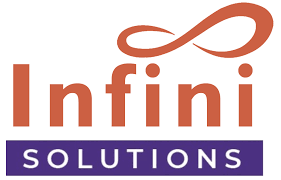
4+ years mentoring experience
Jacob Dennis P
Senior Software Engineer
Web Technologies | Database Technologies | Frameworks | Architecture and Server Management, AWS, Google.
Alumni’s Testimonies

See what 1Stop Learners have achieved.
Collaborating with 50+ top-tier universities and educational institutions


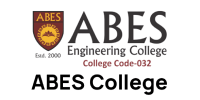
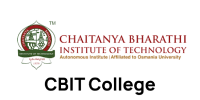


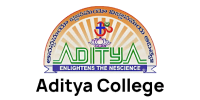



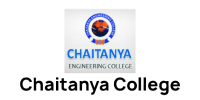

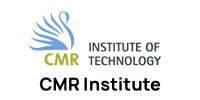
Enroll Now and Become One of 50,000+ Happy Learners!

- Program Duration : 4 months
- 30 Hours of Content
- 3 Projects
- Live Sessions During Project Execution & Training
- Life time access for content and Customised Dashboard
- Project Completion Certificate from Partnered Companies
- Internship Offer Letter
- Internship Completion Certificate
- Customised Resume Builder
- Program Duration : 4 months
- 30 Hours of Content
- 3 Major Projects
- 1 year Access for Dashboard and Content
- Project Completion Certificate
- Internship Offer Letter
- Internship Completion Certificate
- Program Duration : 4 months
- 40+ Hours of Content
- 5 Projects
- Live Sessions During Project Execution & Training
- Life time access for content and Customised Dashboard
- Project Completion Certificate from Partnered Companies
- Internship Offer Letter
- Internship Completion Certificate
- Customised Resume Builder
- Program Duration : 2 months
- 30+ Hours of Content
- 3 Major Projects
- 1 year Access for Dashboard and Content
- Project Completion Certificate
- Internship Offer Letter
- Internship Completion Certificate
FAQs

General
Internship
Programs perfectly matched for you

If you haven’t heard, 1Stop is making major headlines!











